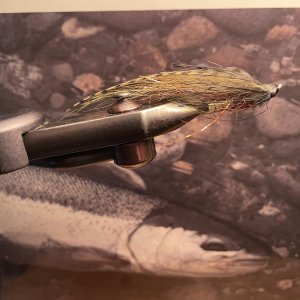mtskibum16
Life of the Party
I started getting an anchor setup figured out but never got it dialed and I haven’t used the yak in a while. I have an upgraded rudder too though I don’t remember the brand off hand. I do remember seeing info on one that extended the rudder down and not out since there’s so little of it in the water. Mine tracks well for distance and that’s the main thing I need in the salt.If I am just mindlessly trolling along, I troll forward, rod in right hand, left hand close to my rudder control. Usually though I am working drop offs, I will position myself facing the shoreline, make long casts, count down for depth, and then slowly pedal backwards or sometimes anchor up and strip retrieve. I like being able to see my line and see where the strike is in relation to my boat, trolling forward is not as satisfying from that regard. I have a Berley Pro rudder extension on my Slayer Propel and it has made the boat track so much better and trolling backwards is pretty easy now.

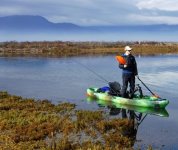
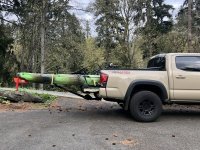
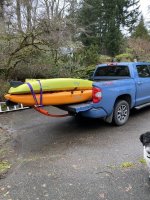
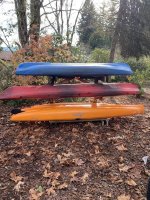



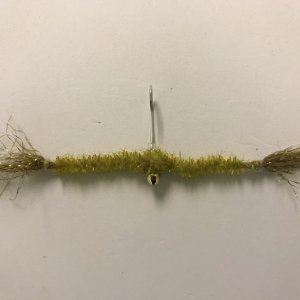

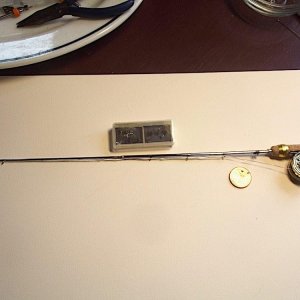
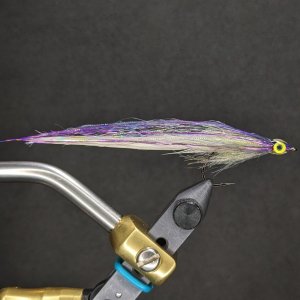
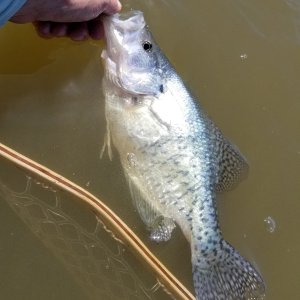
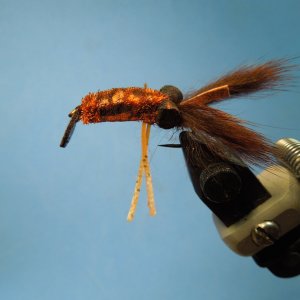
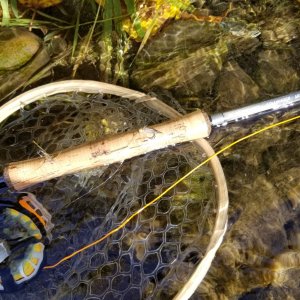
![20230310_060559[1].jpg](/forum/data/xfmg/thumbnail/18/18361-2a39eeacf24f953ecef7b56b6ca21cd1.jpg?1678457299)
